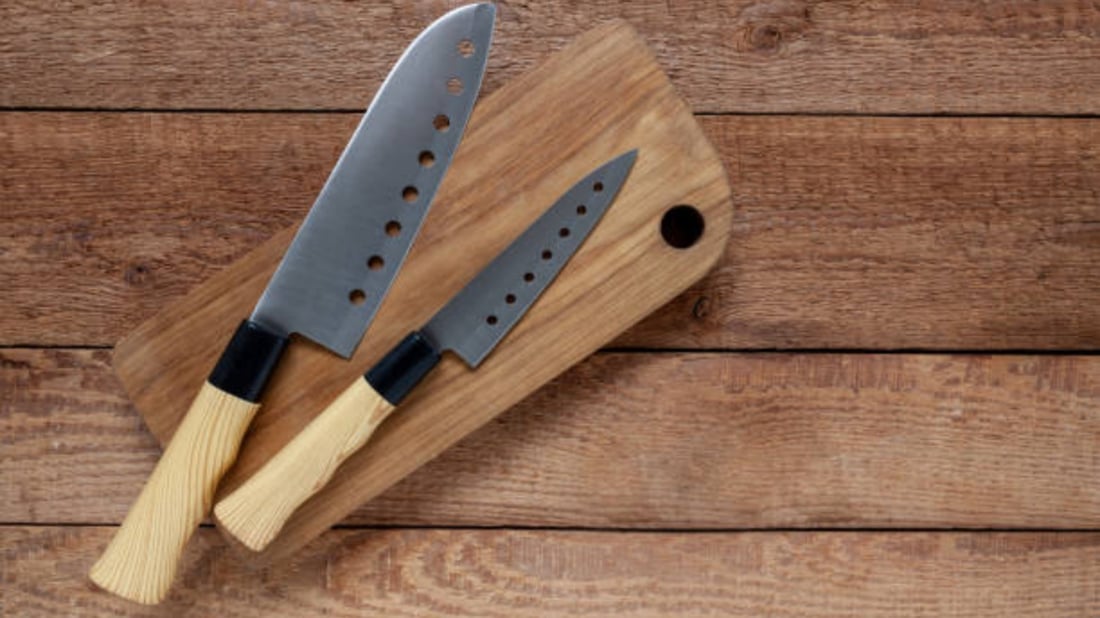Introduction
When it comes to cooking, the knife is one of the most essential tools in the kitchen. Proper use of knife in kitchen not only makes your cooking easier and faster but also reduces the risk of accidents. In this article, we will discuss the different aspects of using a knife in the kitchen and how to use it properly.
Types of Kitchen Knives
There are different types of kitchen knives for different purposes. The chef's knife is the most versatile knife which can be used for chopping, dicing, slicing and mincing. A bread knife is used for slicing through bread without crushing it. The paring knife is used for peeling and trimming small vegetables and fruits. The serrated knife is used for slicing through soft fruits like tomatoes.
Choosing the Right Knife
Choosing the right knife for the right task is important. A large chef's knife may be too heavy and unwieldy for small tasks like peeling and trimming. A paring knife may not be suitable for chopping large vegetables like pumpkins or cabbages. It is essential to have the right knife for the right task to save time and energy while cooking.
Sharpening and Maintaining Your Knife
Sharp knives are safer to use than dull ones as they require less force to cut through food. A dull knife is more likely to slip and cause an accident. It is important to sharpen the knife regularly using a sharpening stone or a honing steel. Proper storage of the knife is also important to maintain its sharpness.
Proper Grip and Technique
Proper grip and technique are essential to avoid accidents while using a knife. The grip should be firm but not too tight, with the thumb and index finger wrapped around the handle and the other three fingers griping the handle. The blade should be kept at an angle of 15-20 degrees to the cutting board and the fingers should be curled under the knuckles to avoid injury.
Using the Claw Technique
The claw technique is a safe and efficient way of holding food while cutting. This involves curling the fingers under the knuckles and using the fingertips to hold the food in place while cutting. This prevents the fingers from getting in the way of the blade and reduces the risk of injury.
Keeping Your Cutting Board Secure
A slippery cutting board can be dangerous while cutting. It is important to keep the cutting board secure by placing a damp cloth underneath it. This prevents the board from sliding around and causing accidents.
Cutting Techniques
There are different cutting techniques for different tasks. The chop is used for chopping large fruits and vegetables while the slice is used for slicing through smaller ingredients. The rock chop is used for mincing garlic and herbs while the julienne is used for cutting vegetables into thin strips.
Cleaning Your Knife
Cleaning your knife properly after use is important to maintain its quality. The knife should be washed with warm soapy water and dried immediately. It is also important to avoid placing the knife in the dishwasher as this can cause damage to the blade.
Storing Your Knife
Proper storage of the knife is important to maintain its sharpness and quality. A knife block or a magnetic strip is a safe and convenient way of storing knives. It is important to avoid storing knives in a drawer as this can cause damage to the blade.
Conclusion
The proper use of knife in kitchen is essential for efficient and safe cooking. By choosing the right knife, sharpening and maintaining it regularly, using proper grip and technique, and following safe cutting techniques, you can avoid accidents and save time and energy while cooking.

